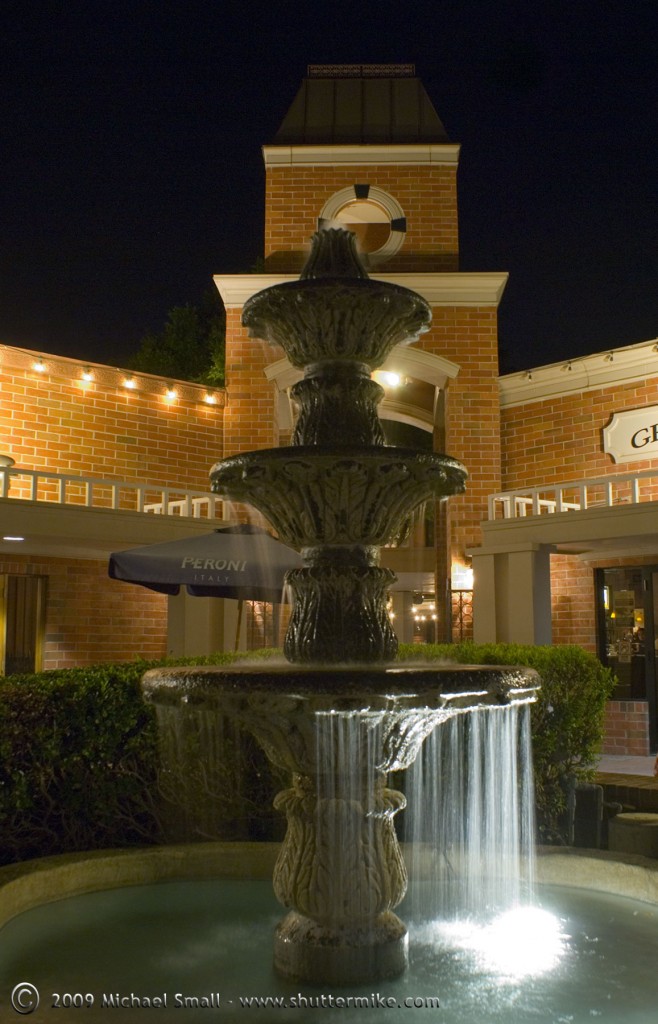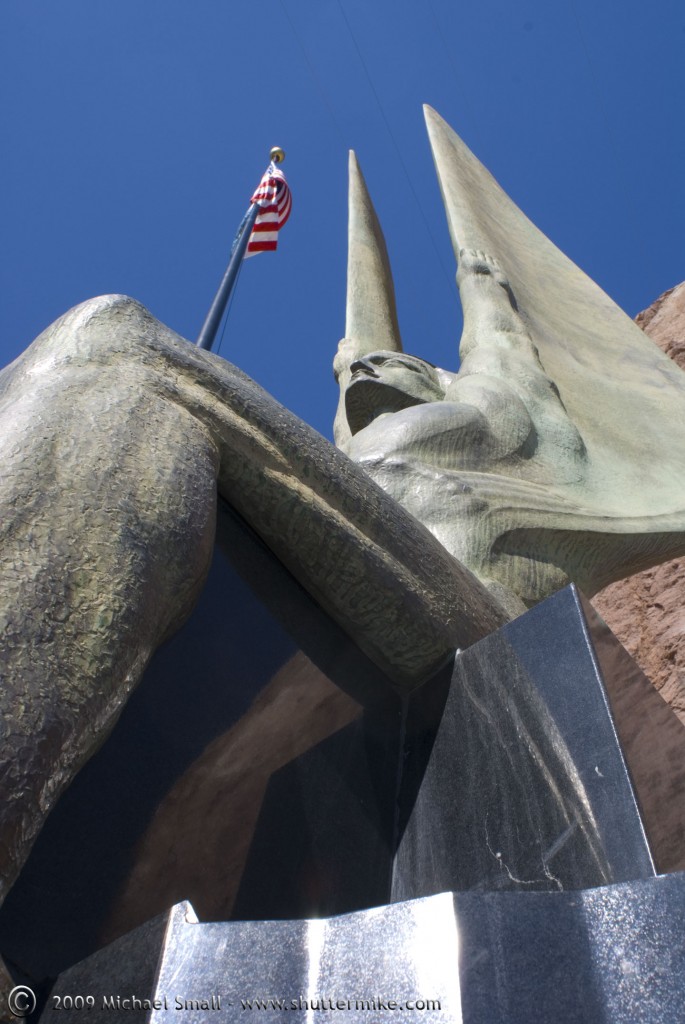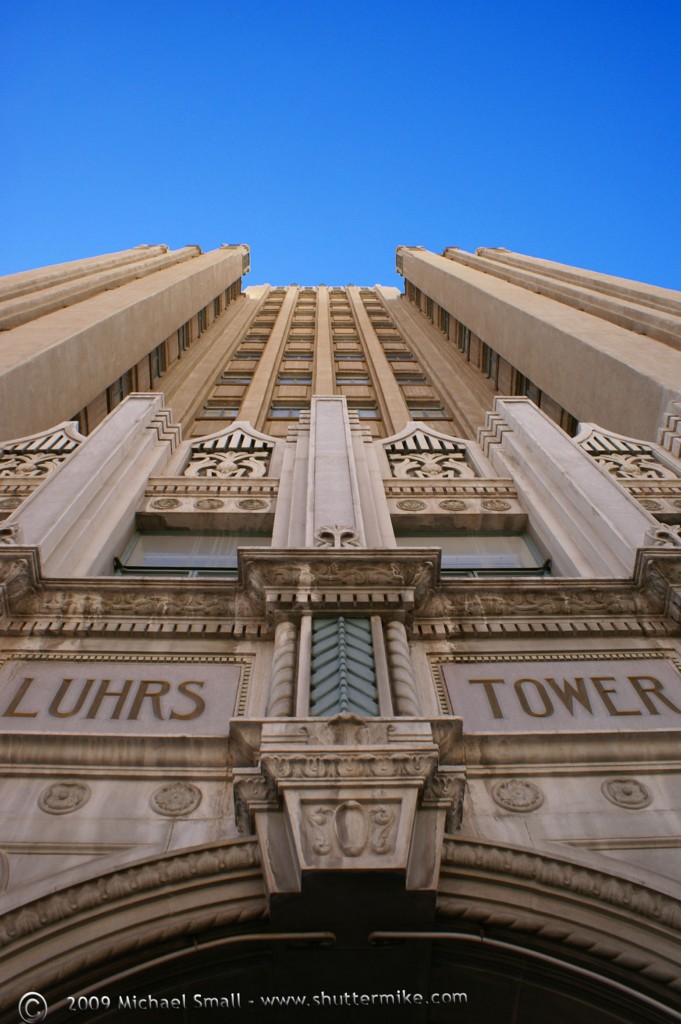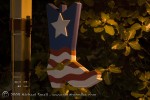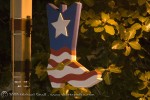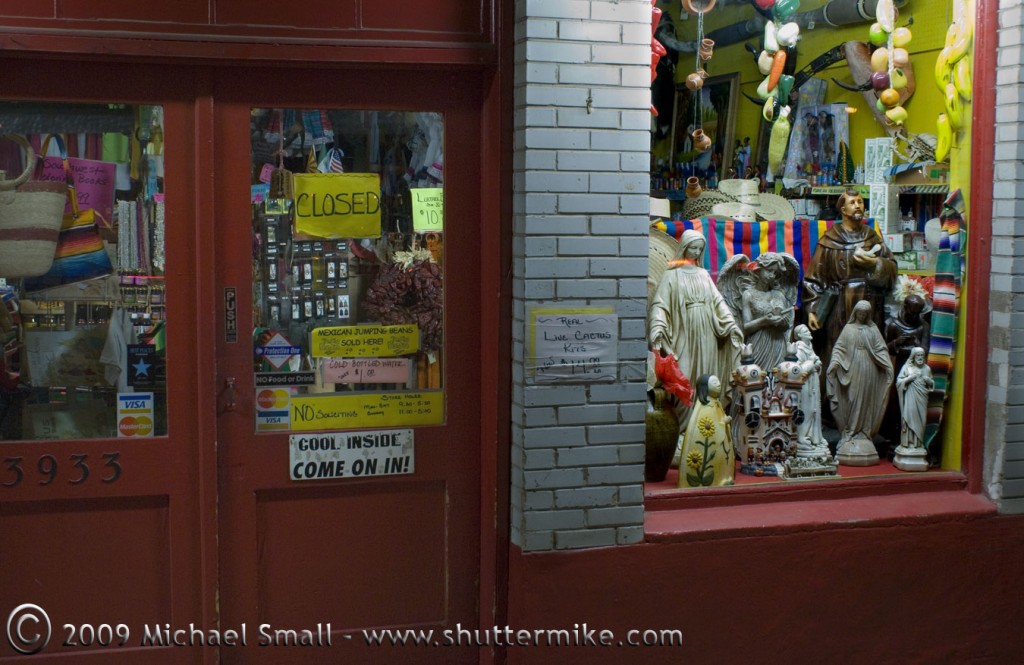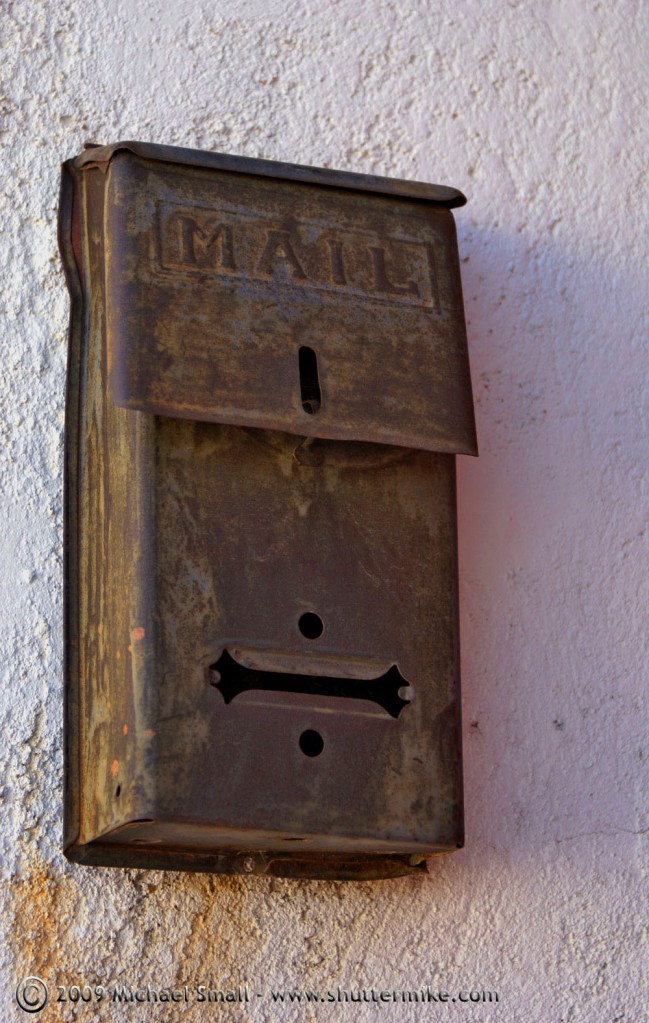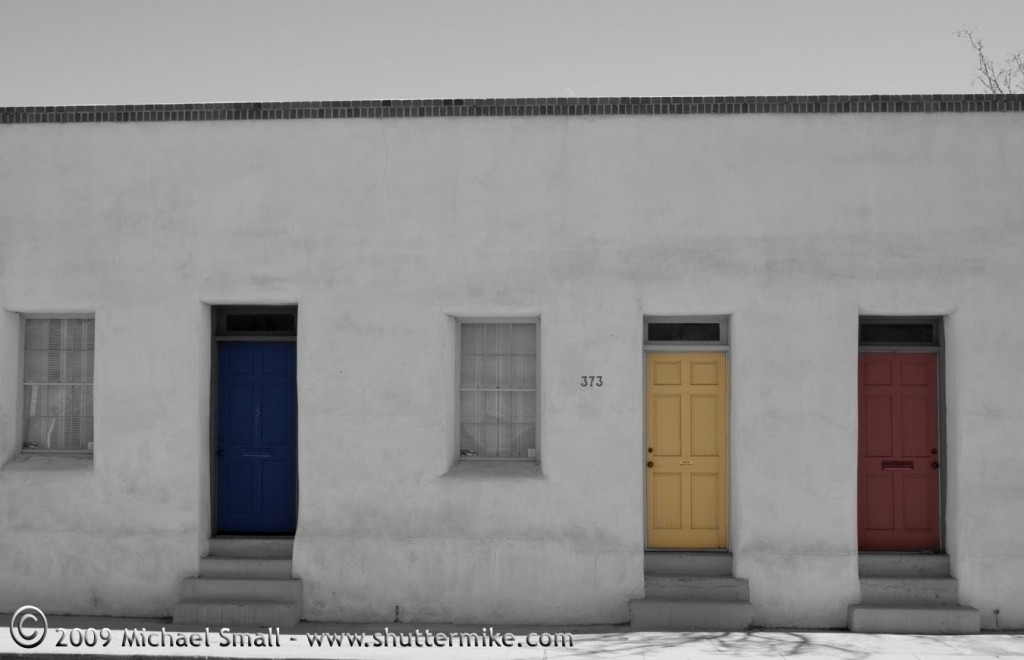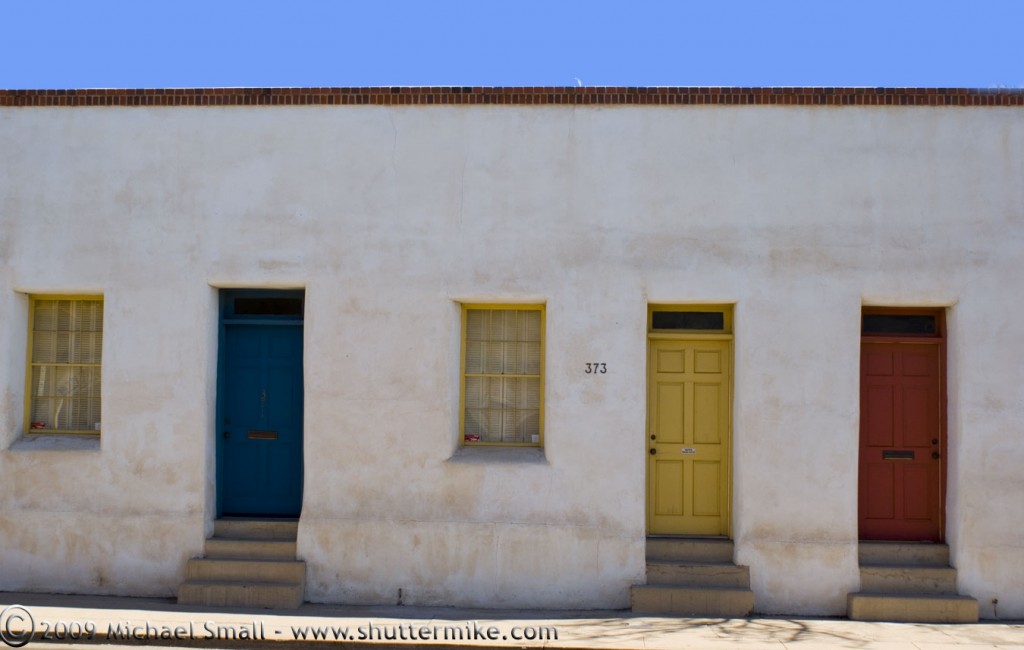If you have ever driven between Arizona and Nevada on your way to or from Las Vegas you are more likely than not familiar with Hoover Dam. Completed in 1936 as part of the original “economic stimulus” package the dam is nothing short of an engineering wonder. It’s size and grandeur make it almost difficult to imagine how it is man made, much less made almost 75 years ago.
This photograph is of the Winged Figures of the Republic bronze statues. They sit on the Nevada side of the dam and were designed by Norwegian artist Oskar J.W. Hansen.
In film photography ISO refers to the film’s sensitivity to light and is also called the film speed. The chemical makeup of the film is altered to either increase or decrease its sensitivity and speed. The lower the ISO number the slower and less sensitive the film is to light. Low speed film also results in less grainy photographs. The higher the ISO number the faster and more sensitive the film is to light. In simple terms that means in well lit situations, such as outdoors on a sunny day, you need a lower ISO film such as an ISO 100 and in less lit situations and action shots, such as indoors and sporting events, you need a higher ISO number such as 400.
So this may lead you to wonder why there is an ISO setting on your digital camera. There is no film to chemically alter and you either set it and forget it on auto or manually adjust your shutter speed and aperture to compensate for different lighting conditions and motion. So how does ISO fit into digital photography?
In a digital camera the film is replaced with the sensor. So ISO in a digital camera sets the speed and sensitivity to light of the sensor. Being able to adjust your ISO allows for expanded shooting options in different conditions. For example, if you leave your ISO on automatic the camera will, in most cases, chose a low ISO. In daylight conditions this will probably be acceptable. But in low light conditions you will need to compensate by extending your shutter speed or opening up the aperture. But a longer shutter speed can lead to camera shake and blurry pictures unless a tripod is available. So an easy solution is to increase your ISO. The faster “film” speed and greater sensitivity to light allows for shorter shutter speeds and less chance of blurred pictures from camera shake.
You will want to keep in mind that the higher the ISO the more noise a digital image can have (grain in film photography). Depending on the end use and final printed size of your image this may be an acceptable compromise to get the shot you want.
I shot the three photographs below in Scottsdale, AZ. The ISO setting from left to right was 100, 200 and 400. The aperture was at f/6.3 and the shutter speed was at3.2 sec for all three. As you can see, increasing the ISO allowed for the more sensitive sensor to take on more light and get a very different picture.
Click on the images to see a larger version. Then go out and take your camera off ISO auto and experiment.
This was part of my experimentation with ISO. If you look closely the noise is on the high end, especially in the solid red doors. I could probably have reduced that by bringing the ISO down to 200 and increasing the shutter speed a few stops. Something to try next time.
25 Sep 2009
Photo News – How One Man Changed The World … Of Photography – From NPR
Photo News No Comments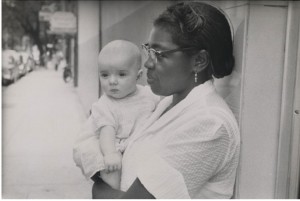 The photography of Robert Frank has often been called revolutionary. He worked at a time when the classical rules of photography were rarely departed from, yet he departed. NPR says he “…single-handedly altered the course of photography…” His book, The Americans, was a documentation of an all too familiar subject, American life. But Frank’s departure from the rules that dominated how a photograph was composed and presented up until that point made his work and book stand out. Check out NPR’s coverage of Robert Frank and a new exhibit of his work at New York’s Metropolitan Museum of Art by clicking here. (I wish I was closer to NY!)
The photography of Robert Frank has often been called revolutionary. He worked at a time when the classical rules of photography were rarely departed from, yet he departed. NPR says he “…single-handedly altered the course of photography…” His book, The Americans, was a documentation of an all too familiar subject, American life. But Frank’s departure from the rules that dominated how a photograph was composed and presented up until that point made his work and book stand out. Check out NPR’s coverage of Robert Frank and a new exhibit of his work at New York’s Metropolitan Museum of Art by clicking here. (I wish I was closer to NY!)
This is another version of the photo of the day from yesterday. I did some Photoshop editing first by turning the original photograph into a black and white photo. Then I found some great, easy to follow instructions for colorizing portions of a black and white image in Photoshop at emptyeasel.com. I think this is a Photoshop technique I will have to play around with some more on other photos. I really like the end result.
Damien Franco is the editor of Your Photo Tips, a great resource blog with lots of tips to better your photography. He recently put a call out for his subscribers to write guest posts on The Importance of Photography. So I obliged and sent him a post that he quickly got up. Check it out.
The Barrio Historico south of Tucson’s downtown is one of the most colorful and photographically rich areas in Tucson to explore and photograph. The opportunities for great shots are only limited by your imagination and what you see.
